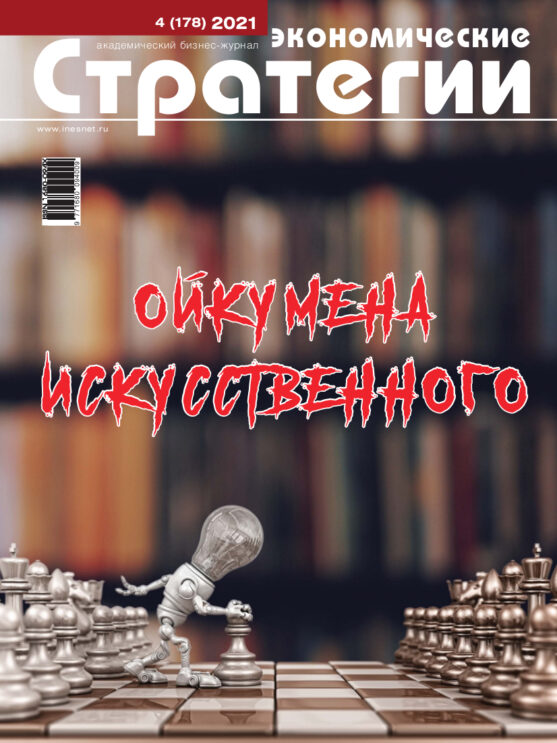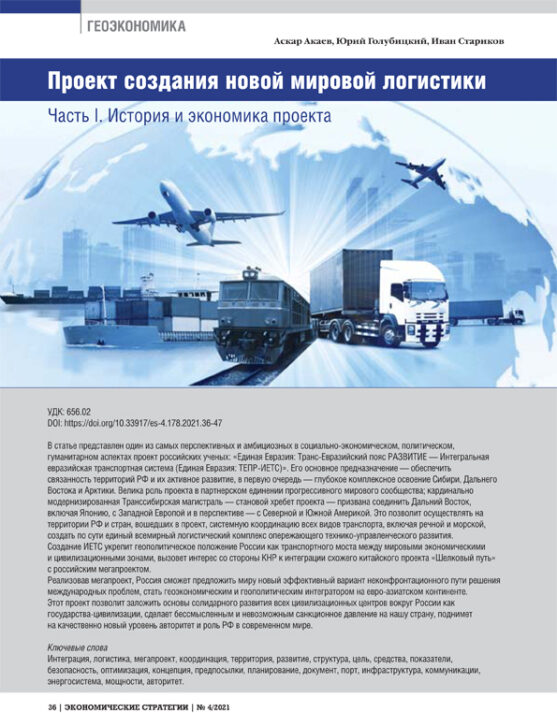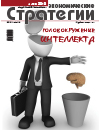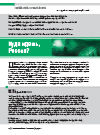The Project of Crating a New World Logistics. Part I. History and Economics of the Project
DOI: https://doi.org/10.33917/es-4.178.2021.36-47
The article presents one of the most promising and ambitious in socio-economic, political, humanitarian aspects of the Russian scientists’ project: “United Eurasia: Trans-Eurasian Belt of RAZVITIE — Integrated Eurasian Transport System (United Eurasia: TEBR-IETS)”.
The main purpose of the project is to ensure the connectivity of the territories of the Russian Federation and their active development, first of all, the deep integrated development of Siberia, the Far East and the Arctic. The role of the project in the partnership of the progressive world community is great; the radically modernized Trans-Siberian Railway — the backbone of the project — is designed to connect the Far East, including Japan, with Western Europe and the USA in the future. This fact will make it possible to carry out on the territory of the Russian Federation and the countries included in the project, the systemic coordination of all types of transport, including river and nautical, to create a single world logistics complex of advanced technical and managerial development.
The creation of the IETS will consolidate Russian geopolitical position as a transport bridge between the world economic and civilizational regions. It will create conditions for mutually beneficial cooperation with Austria, Germany, France, Czech Republic, Italy, Japan, South Korea, Singapore, India; will open up new opportunities for cooperation with North Korea, Canada and USA in the future. It will arouse interest from the PRC in the integration of a similar Chinese project, the “Silk Road” with
the Russian Megaproject. The implementation of the Megaproject will allow Russia to offer the world a new effective version of a non-confrontational way of solving international problems, become a geo-economic and geopolitical integrator on the Euro-Asian continent, lay the foundations for the solidarity development of all civilizational centers around Russia as a civilization state, make it senseless and impossible to impose sanctions on Russia, and raise to a qualitatively new level of authority and the role of the Russian Federation in the modern world





